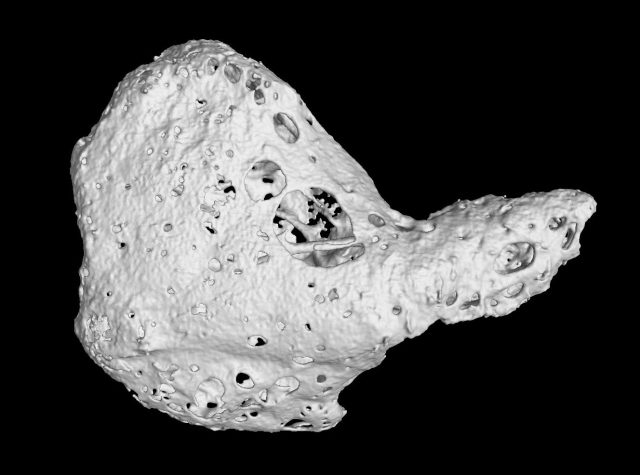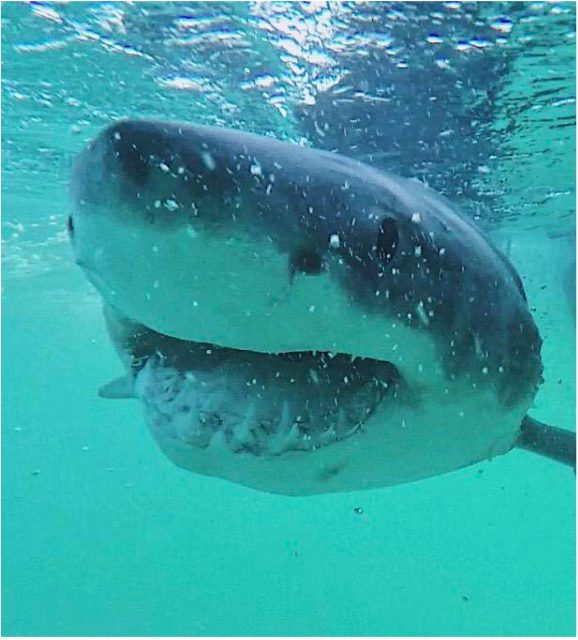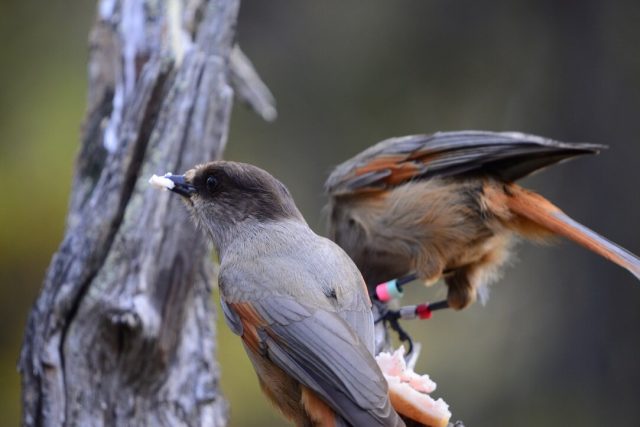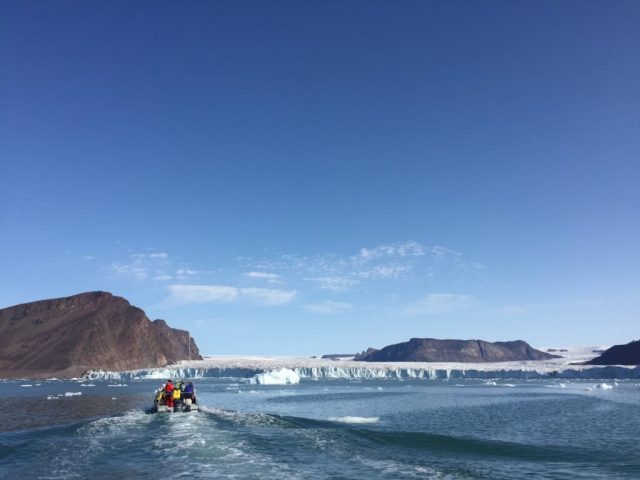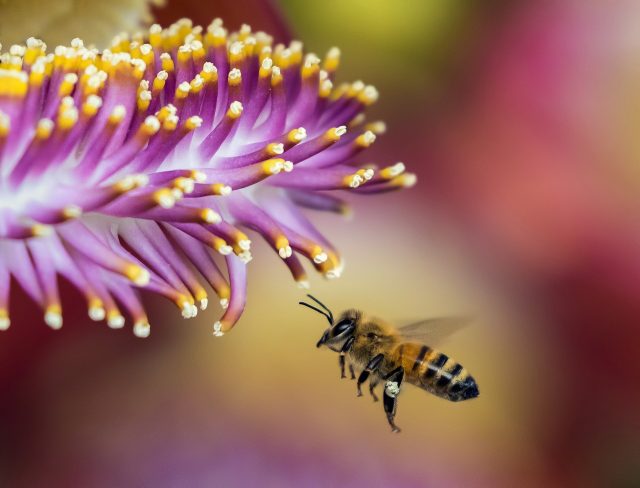Some of the world's largest, most spectacular and unheralded mammals are silently slipping away, species like Tibetan wild yaks and Patagonia's huemul, Bhutan's takin and Vietnam's saola. Even Africa's three species of zebras and wildebeest have suffered massive reductions...
Experts from the University of Nottingham have discovered that some chimpanzees have a bone in their heart, which could be vital in managing their health and conservation.
Very few species of animals have this bone—called an os cordis—therefore this is a...
An analysis of high-speed raindrops hitting biological surfaces such as feathers, plant leaves and insect wings reveals how these highly water-repelling veneers reduce the water's impact.
Micro-bumps and a nanoscale wax layer on fragile butterfly wings shatter and spread raindrops...
The first-ever detailed study of the diets of great white sharks off the east Australian coast reveals this apex predator spends more time feeding close to the seabed than expected.
"Within the sharks' stomachs we found remains from a variety...
An indoor residual spray made by combining a type of volcanic glass with water showed effective control of mosquitoes that carry malaria, according to a new study. The findings could be useful in reducing disease-carrying mosquito populations—and the risk...
Urban red foxes are becoming more similar to domesticated dogs as they adapt to their city environment, according to a new analysis.
A team led by Dr. Kevin Parsons, of the University of Glasgow's Institute of Biodiversity, Animal Health and...
Honeybees that specialize in grooming their nestmates (allogroomers) to ward off pests play a central role in the colony, finds a new UCL and University of Florence study.
Allogroomer bees also appear to have stronger immune systems, possibly enabling them...
In 2015, Stanford biologist Paul Ehrlich coauthored a study declaring the world's sixth mass extinction was underway. Five years later, Ehrlich and colleagues at other institutions have a grim update: the extinction rate is likely much higher than previously...
Humans are unusual, even among primates, in the length of our "extended childhood." Scientists think that this period of childhood and adolescence, which gives us lots of time to explore, create, and learn, is a key reason why we...
With the help of Inuit hunters, geophysicists recently recorded the various calls, buzzes, clicks and whistles of narwhals as they summered in a Greenland fjord. The recordings help scientists better understand the soundscape of Arctic glacial fjords and provide...
What makes a queen? For bees, it's long been believed that queenliness depends on a special diet of royal jelly—a milky white secretion of protein, water and fat that oozes from the heads of nurse bees.
But a new paper...






